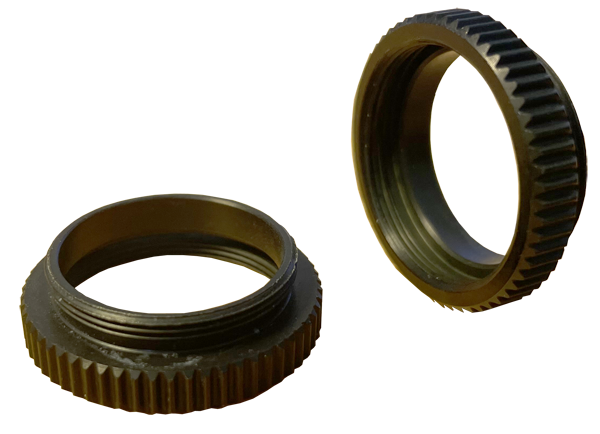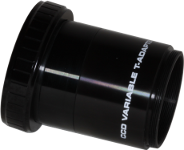
Mechanical interfaces
Your spectroscope comes to fit between the telescope and one camera CCD (possibly a Digital camera – DSLR). imposes to arrange correct mechanical adapter rings and it is easy to get lost with all the possible configurations! We try to summarize in this page all the most common assemblies.
Telescope side
Most of the telescopes have an eyepiece holder, allowing to receive an eypiece, or a CCD camera. The common eypieces have a diameter of 31,75mm (1,25″), or 50,8mm (2″). For a better mechanical rigidity, we recommend you to prefer 2″ eyepiece holders.
Some telescopes – in particular Schmidt-Cassegrain from Meade and Celestron manufacturers – have also a 2″ thread (24 tpi). It is the ideal solution: the spectroscope is then firmly attached to the telescope. You can also put a variable T Adapter. It is the best solution for LISA and Alpy 600.
Acquisition camera side: T-mount
Most of the cameras used nowadays in astronomy for the imaging (those who have a “big” CCD chip) have a T mount thread. This mount is also called T2 mount, or M42. It is a metric thread M42x0,75mm (the outside diameter is of 42mm, and the pitch of 0,75mm). Actually, it is a very standard mount in astronomy – not only for cameras. This is why most of the mechanical interfaces of instruments from Shelyak are compatible with this standard.
Attention it also exists other M42 threads in the world of the photo, but with a pitch of 1mm – which is not compatible. be careful if you have such lens: after one or two turns, you cannot tighten anymore the lense, and you risk to damage the thread!
The “standard” backfocus of the T-mount is of 54,85mm. It is the distance between the main face of the mount and the focal plan of the instrument (it is compatible to reflex cameras). Unfortunately, this standard is not respected by most of the manufacturers. The only “good pupils” are the manufacturers of Digital cameras (Canon, Nikon …): if you use an adapter T for these cameras, then this distance will be probably respected.
Guiding camera side : C-mount…
Generally speaking, the guiding cameras have a small sensor (some millimeters of diagonal). They are very compact cameras, and most of the manufacturers adopted the C-mount thread (this mount comes from the world of the cinema). Again, it is a simple thread, diameter 1″ (25.4 mm) with a 32 TPI (0,794mm). The mechanical backfocus is standard, of 17.5 mm. And this time, good news, most of the manufacturers respect this standard!
… or CS-mount
The technology quickly progressing, it appeared that the C-mount backfocus of 17,5mm could be reduced, and it would bring new capacities to cameras (wide-angle lenses, for example). Thus it was defined a CS-mount, with the same thread as the C-mount (1″, 32 TPI, see above) … but with 5mm shorter backfocus – 12,5mm. CS simply means C short.
It is thus very easy to change from CS-mount to C-mount : you just need a 5mm spacer, usually called C-CS adapter.. To give a maximum of flexibility, the camera manufacturers prefer CS-mount: it is compatible to C and CS instruments. Also, the manufacturers of optics and spectroscopes favor C-mount, which is compliant with C and CS cameras. For that reason, the mount for guiding ports of spectroscopes from Shelyak Instruments are C-mount.
Switch from T-mount to C/CS mount
It may happen that you need to pass from C/CS-mount to T-mount – for example if you want to use a guiding camera with a T-mount. In this case, it is necessary to use this type of conversion adapter.
The Shelyak adapter
Shelyak offers a range of rings or adpaters to adapt your camera to the spectrograph, or your spectrograph to your telescope or refractor.



